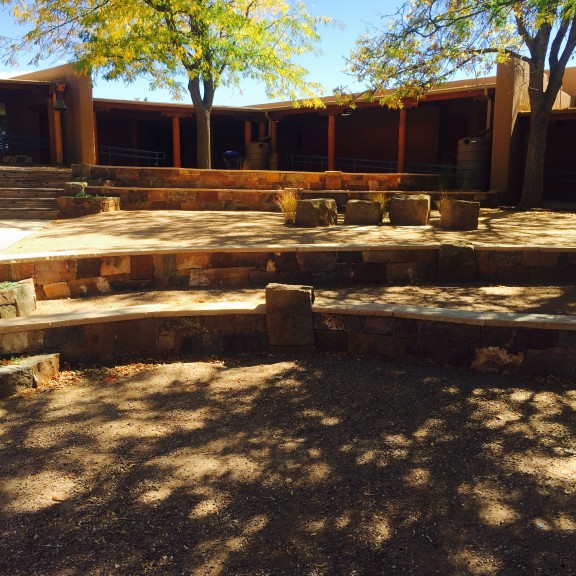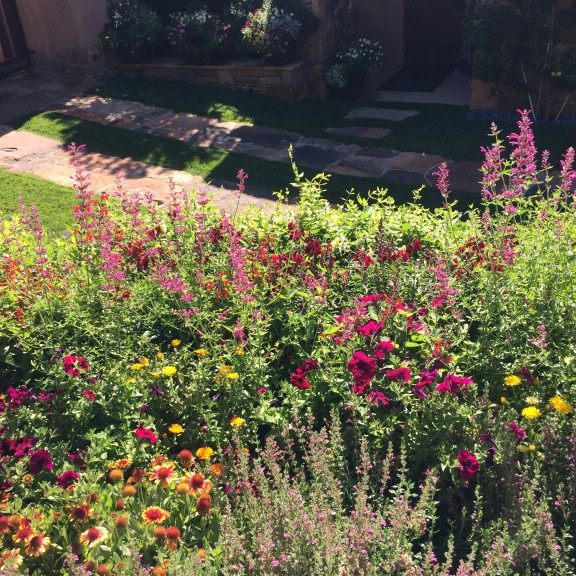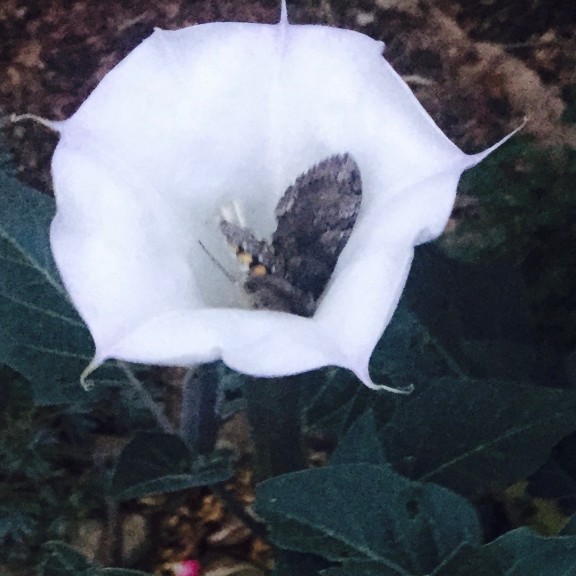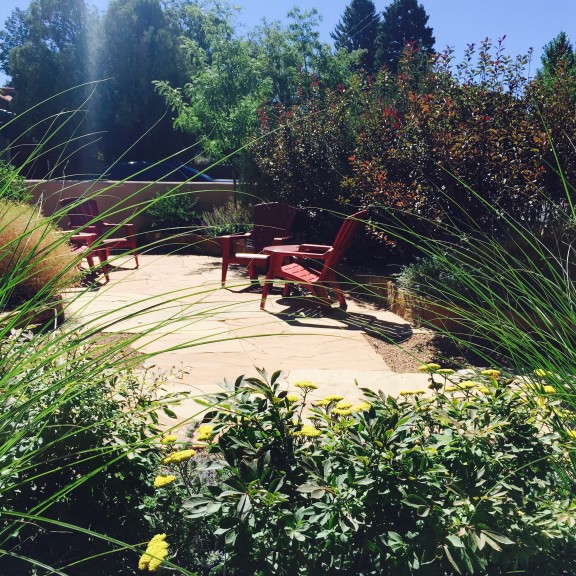Basic Santa Fe Perennial Garden Design
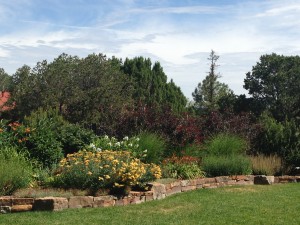 We all drive by those gorgeous, colorful perennial gardens and wish they were ours.
We all drive by those gorgeous, colorful perennial gardens and wish they were ours.
Perennial gardens are pretty simple to install, and if the plants are chosen carefully they will not cause you that much time to maintain or use that much water. In the xeriscape gardening system, zone 1 can be an irrigated perennial bed near the house for garden enjoyment. One of the main design principles is to design for year round interest. Often it is easy to get seduced by the plant of the season, such as Russian Sage in August and Maximillian Sunflowers in September. There are, however, wonderful perennials for every month of the year. Think of things like blue flax, iris, coreopsis, daisy, encanacea, monarda, gallardia, dianthus, agastache, ice plants, snow in summer and many more.
Before starting your planting, create a rock border to hold in raised soil. You will never grow good perennials without an initial addition of several yards of topsoil and compost in this soil. Next, add the soil, along with a balanced granular fertilizer. You can never lose from putting a lot of energy into your soil preparation.
Next, think of structural elements besides plants to augment the garden. Boulders can be really pretty, as can sculptures and dry river beds. These give a framework for the garden and will complement the plants and hold it together in the off seasons. Accenting with some evergreen shrubs will assure that you have winter interest. So will barherry, cotoneaster and red twig dogwood.
Before you plant, lay out the framework for your drip system. You will need to run the emitters after the plants are in. Do not plant a perennial garden in this climate without a drip system. A simple irrigation system will allow your garden to thrive and will ultimately save water.
When picking your plants, choose by bloom time, height, color, and texture. Always pick a few shrubs and perhaps a tree to anchor the back. Ornamental grasses will add contrast and interest Move in order of height. Sometimes this is hard in the beginning because they might be different heights when coming from a greenhouse. Look up their full heights or consult with someone. Plant at least five of everything. Repetition is pleasing to the eye and will keep the garden balanced. Grouping of the same kinds of plants work well, as do groupings of three different things repeated in several places. Make drifts of varieties waving in and out of each other.

